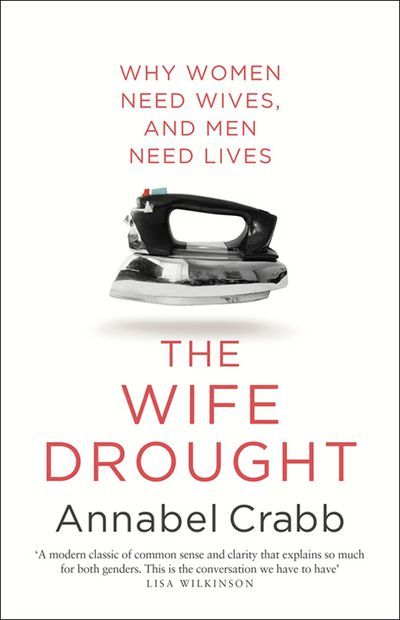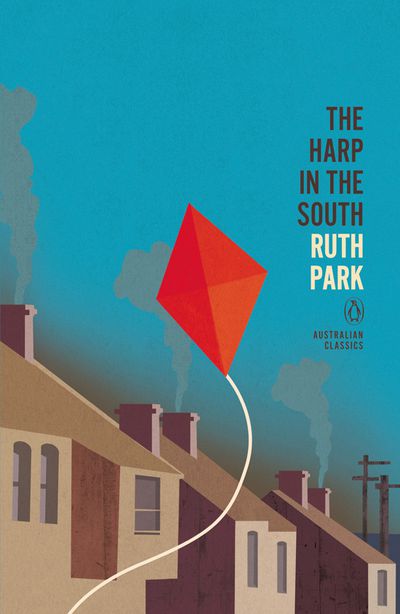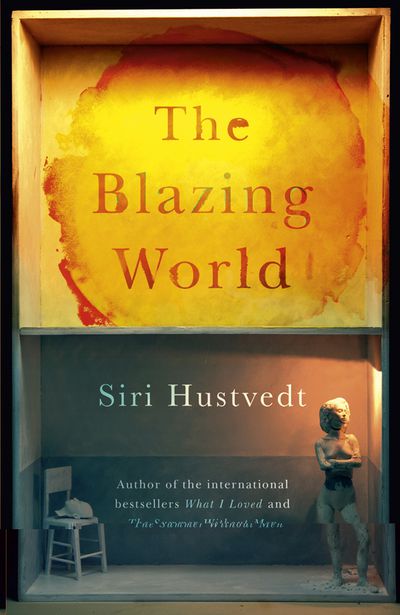The campaign #readwomen2014 was launched this year, designed to encourage more people to read, review and discuss books written by women. Here, our staff share some of the books by women they read in 2014.
Nina Kenwood, Digital Marketing Manager:
Many of the most notable books by women I read this year were debuts. I highly recommend The Love Affairs of Nathaniel P, Friendship, The Girls From Corona Del Mar, Life Drawing, The Last Days of California and Everything I Never Told You – all terrific first novels from American women.

Debuts from four Australian authors – What Came Before by Anna George, What Was Left by Eleanor Limprecht, Dress, Memory by Lorelei Vashti and Nona and Me by Clare Atkins – all impressed me as well.
This year, I fell in love with two rather famous family memoirs; Mary Karr’s The Liars’ Club and Jeanette Walls’ The Glass Castle. I revisited Nora Ephron’s Heartburn, and read and adored Delia Ephron’s collection of essays Sister, Mother, Husband, Dog, etc. (and, in fact, I have since gone back and re-read her best essay from the book “Why I Can’t Write About My Mother" twice more; it’s so good).
I spent a cozy weekend in bed enjoying Sarah Water’s big, juicy new novel The Paying Guests. I found memoirs by Amy Poehler (Yes Please) and Lena Dunham (Not That Kind of Girl) to be fascinating and I highly recommend two standout new essay collections – Bad Feminist and The Empathy Exams.
Finally, any year when I get to read new non-fiction from Helen Garner (This House of Grief) is a very good year.
Elke Power, Editor of Readings Monthly:
I’ve lost track of all the great books by women that I’ve read this year, but in thinking back over those that have stayed with me, a few standouts come to mind.
The first is Annabel Crabb’s The Wife Drought (which was voted to be one of our best non-fiction books of 2014). I’ve been a fan of Crabb’s writing for years so I wasn’t surprised by how addictive I found this latest book which I read it at every possible opportunity. I brought it up in conversation under the slightest pretext and read sections aloud, through tears of laughter, to my partner and friends (the description of how credit is apportioned for dishwasher unpacking in one household undid me).
Another non-fiction book by an Australian writer I’ve long admired which arrived this year was Sian Prior’s memoir, Shy. I’m aware that some readers took an interest in this book partly because of the author’s prominent past relationship – and Prior’s writing about the break-up is superb to the point of being hard to bear – but for me the real appeal of this book is in her personal yet highly researched exploration of shyness and everything that comes with it. Some of the unconventional structural elements of this book won’t appeal to all, but they are far from overpowering.

Staying with Australian authors but moving into fiction, Emily Bitto’s debut novel, The Strays captivated me from the beginning. Bitto’s perceptive exploration of the complexities of friendship and the imagined dynamics of the art world made great fiction, and it is no stretch to consider that much of Bitto’s insight into the sacrifices and gender politics of her characters would apply to the real world.
Looking to international fiction, I loved the witty banter and incisive social commentary of Adelle Waldman’s The Love Affairs of Nathaniel P.. And while I went into We Are All Completely Beside Ourselves by Karen Joy Fowler knowing one of the key premises, this knowledge took nothing away from my enjoyment of this engrossing, clever book.
And, finally, from among old favourites I returned to the essays of Joan Didion (Slouching Towards Bethlehem) and the poetry of Gwen Harwood (The Best 100 Poems of Gwen Harwood). You just can’t go wrong with either.
Emily Gale, Online Children’s Specialist:
This year I had a bit of a reading crisis. Although children’s and young adult fiction is my passion and joy, I felt suffocated by it all of a sudden. The problem was that I’d been gorging: several children’s books a week, in addition to reading to my kids at night and writing children’s fiction (my other job). I couldn’t remember what it was like to choose a book that wasn’t intended for slotting into my mental catalogue of books to recommend. Now I needed recommendations. Luckily, two of my colleagues came to the rescue by giving me a copy of Karen Joy Fowler’s We Are All Completely Beside Ourselves.
By now this novel has garnered plenty of attention and praise – many book clubs have discussed it, and many more will in 2015 (it’s great book club fodder with its provocative take on what family is, and family dysfunction). The early revelation took me by surprise and I didn’t feel tricked by it but rather, excited. Up until that point (I won’t spoil it for those who might be reading this over the summer) I thought the family bore resemblance to some of my own family history, so then I was quite shocked by how extraordinary the real truth of the family make-up is! The story is clever, charming and heartbreaking.
After that reawakening I took recommendations from several trusted female readers. From my colleague Bronte Coates, Fiona McFarlane’s The Night Guest. I was in awe of McFarlane’s prose and utterly chilled, thrown this way and that, by her inventive, tender narrative.

Charlotte Wood (author of one of my 2011 favourites, Animal People) recommended Nina Bawden’s The Birds on the Trees, which was published in 1970 and included in the Lost Man Book Prize in 2010. Bawden was one of my favourite authors when I was a child (Carrie’s War and The Peppermint Pig). Despite being written several decades ago, The Birds on The Trees (more family dysfunction!) seemed entirely relevant. It was only Bawden’s slightly old-fashioned eloquence that reminded me this wasn’t a new release.
Finally, Justine Larbalestier (author of one of my favourite young adult novels of this year, Razorhurst) recommended The Harp in the South by Ruth Park. With stiff competition, this one trumps them all. I fell in love with everyone in the Darcy family. Park head-hops so expertly that you truly understand each character, and warm to them despite their faults. I found Park’s empathy extraordinary; it’s such an intense portrait of life in the inner city slums of Surry Hills of the 1940s.
Emily Harms, Head of Marketing and Communications:
Reading more books by female authors never is a conscious decision for me as I automatically gravitate towards them. One of my stand-out books of this past year is Siri Hustvedt’s The Blazing World. Brilliantly written with intelligence and flair, Hustvedt opens our eyes in to what can only be described as a disturbing example of gender inequality in the New York in the art world in the 70s and 80s.
This book hooked me from the opening sentence: ‘All intellectual and artistic endeavours, even jokes, ironies, and parodies, fare better in the mind of the crowd when the crowd knows that somewhere behind the great work or the great spoof it can locate a cock and a pair of balls.’ The Blazing World centres on the premise of this provocative sentence, and the person who originally penned it – the artist Harriet Burden.
After exhibiting her work in New York in the 70s and 80s Burden had become disillusioned by its poor reception and withdrew from the art world completely. Then, in the late 90s, she began an experiment that took her five years to complete: She engaged three men to act as fronts for her own creative work under the aptly named title Maskings.

Not only did the project expose the anti-female bias of the art world, but it revealed the complexities of human perception and how unconscious ideas about gender, race and celebrity influence a viewer’s understanding of a work of art. Burden took this concept even further by purporting that the pseudonym she adopted even changed the character of the art she made.
The Blazing World is a fascinating read and I highly recommend it, though if you’re prefer to read something local, Emily Bitto’s debut novel is another joyous read, set in the art world of Australia in the 1930s. The Strays is a scintillating story of female friendship, love, betrayal and loneliness with the essence of this book and its locale (what were then the fringes of Melbourne suburbia) drawing on historical parallels.
Finally, it would be remiss of me not to mention other local female talents, this time of a non-fiction flavour being of course the multi-talented Annabel Crabb and Julia Gillard. The Wife Drought and My Story are vital reads for anyone interested in the social and political fabric of Australian society but are particularly pertinent to women.


